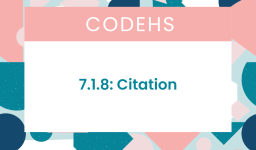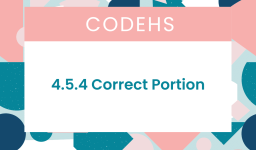The most common answer is:
num1 = 10
Your code here…
num2 = int(input(“Number:”))
def addnum():
sum = num1 + num2
print(sum)
addnum()This code aims to add a user-specified number (num2) to a predefined number (num1) and print the result. To make the function more versatile and to adhere to Python syntax, including using standard ASCII quotation marks, it’s beneficial to pass num1 and num2 as parameters to the function.
Here’s a modified version of code:
num1 = 10
num2 = int(input("Number: "))
def addnum(a, b):
total_sum = a + b
print(total_sum)
addnum(num1, num2)
This version introduces a and b as parameters to the addnum function, representing the first and second numbers to be added. This approach enhances the function’s reusability for different pairs of numbers, not just num1 and num2.



